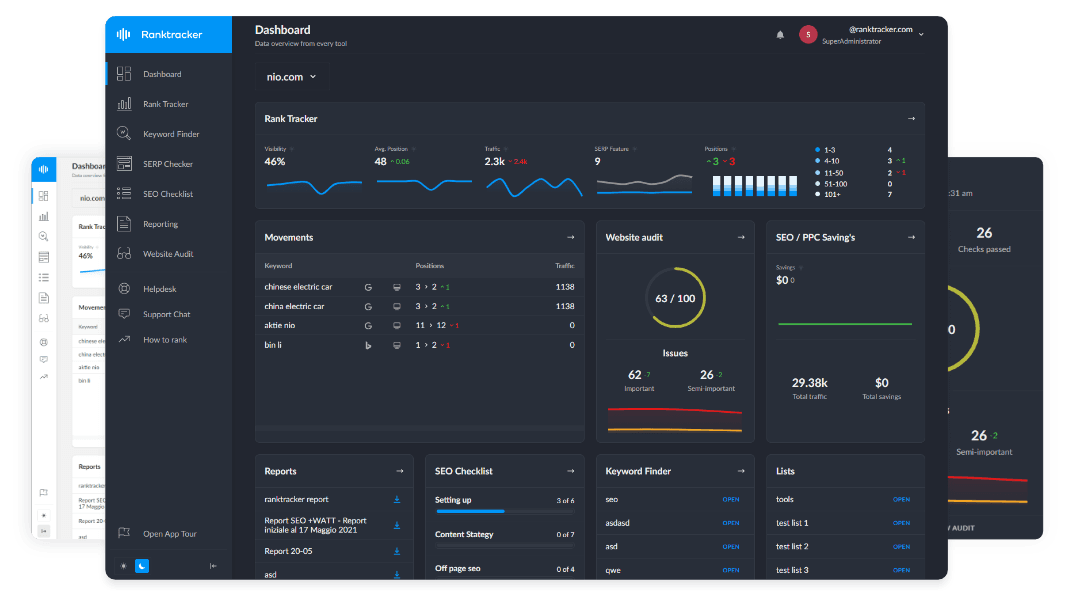Intro
Grabbing—and keeping—your audience’s attention is tougher than ever. SEO professionals focus on keywords, backlinks, and technical optimization, but there’s one crucial component often overlooked: visual storytelling.
Whether it’s an infographic, a data-driven presentation, or a simple yet compelling slide deck created with Google Slides templates, visual content plays a significant role in SEO. It enhances user experience, boosts engagement metrics, and increases the likelihood of sharing and backlinks—all of which signal relevance and authority to search engines.
Why Visuals Matter in SEO
Here’s what we know:
- People retain 65% of visual content after three days, compared to just 10% of written content.f
- Web pages with visuals see 94% more views than those without.
- Visual content gets 3x more engagement on social media, increasing traffic potential.
All this translates into what matters most in SEO: more traffic, longer dwell time, lower bounce rates, and more backlinks.
Key Visual Content Types That Help SEO
1. Infographics
Infographics simplify complex data and help users understand concepts quickly. They're highly shareable and are often cited in other blog posts and articles, earning valuable backlinks.
2. Slide Decks & Presentations
Slide decks are not just for boardrooms anymore. Marketers now repurpose content into visual presentations hosted on platforms like SlideShare or embedded in blogs—creating new ways to rank, engage, and convert. SlideUpLift offers a wide variety of free PowerPoint templates that are perfect for crafting SEO-friendly slide decks that stand out.
3. Custom Visuals in Blog Content
Charts, illustrations, and visual breakdowns of key points keep readers engaged and encourage them to scroll, click, and spend more time on-site. This sends positive engagement signals to search engines.
SEO Benefits of Visual Storytelling
Let’s break down how visuals directly impact SEO metrics:
✅ Increased Dwell Time People stay longer on pages that include visuals, especially slides or charts explaining data. This increases average session duration, signaling content quality to Google.
✅ Reduced Bounce Rate Visitors who understand content quickly through visuals are more likely to explore other pages—lowering bounce rate and improving engagement.
✅ More Backlinks Quality visuals are often cited by others. Embed infographics or slides in blogs and encourage sharing to earn organic backlinks.
✅ Higher Social Engagement = More Traffic Visuals are more shareable. Posts with images or slides get more likes, shares, and retweets—driving referral traffic.
How to Optimize Visual Content for SEO
To fully leverage visual storytelling, make sure your visuals are optimized:
- Use relevant image alt text with keywords
- Add descriptive file names
- Compress images for fast load times
- Include captions where appropriate
- Use structured data for visual-rich snippets (e.g., for infographics or presentations)
Final Thoughts
Visual storytelling is no longer just a creative choice—it’s a strategic SEO asset. As search engines become more focused on user experience, integrating infographics, slides, and visual presentations into your content strategy can give you an edge.
The All-in-One Platform for Effective SEO
Behind every successful business is a strong SEO campaign. But with countless optimization tools and techniques out there to choose from, it can be hard to know where to start. Well, fear no more, cause I've got just the thing to help. Presenting the Ranktracker all-in-one platform for effective SEO
We have finally opened registration to Ranktracker absolutely free!
Create a free accountOr Sign in using your credentials
Platforms like SlideUpLift make it easy for SEO professionals and marketers to create polished, high-impact visuals that not only tell your story but also improve search rankings.
So next time you're optimizing a blog or planning a content strategy, remember—a picture might be worth a thousand words, but it could also be worth a top spot on Google.

